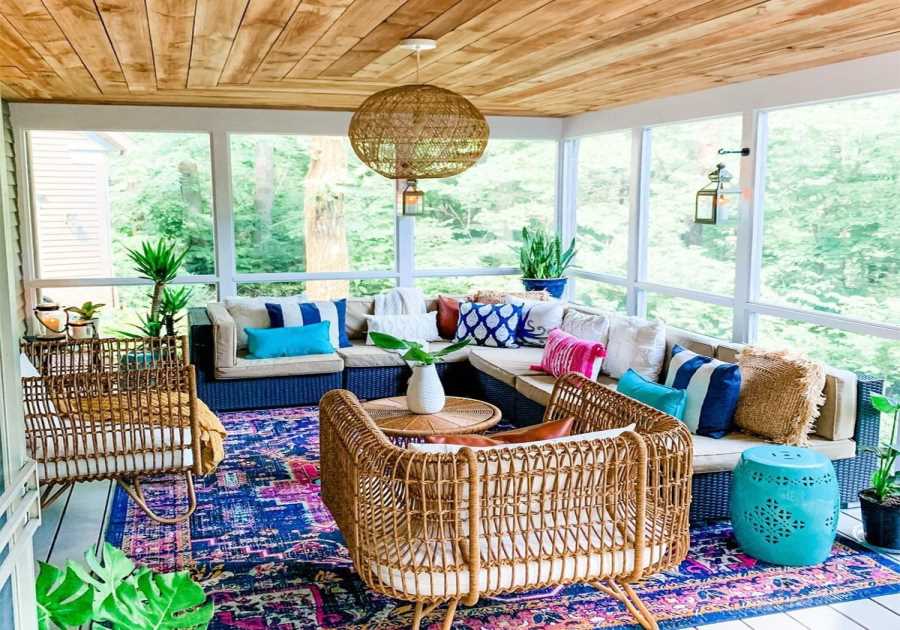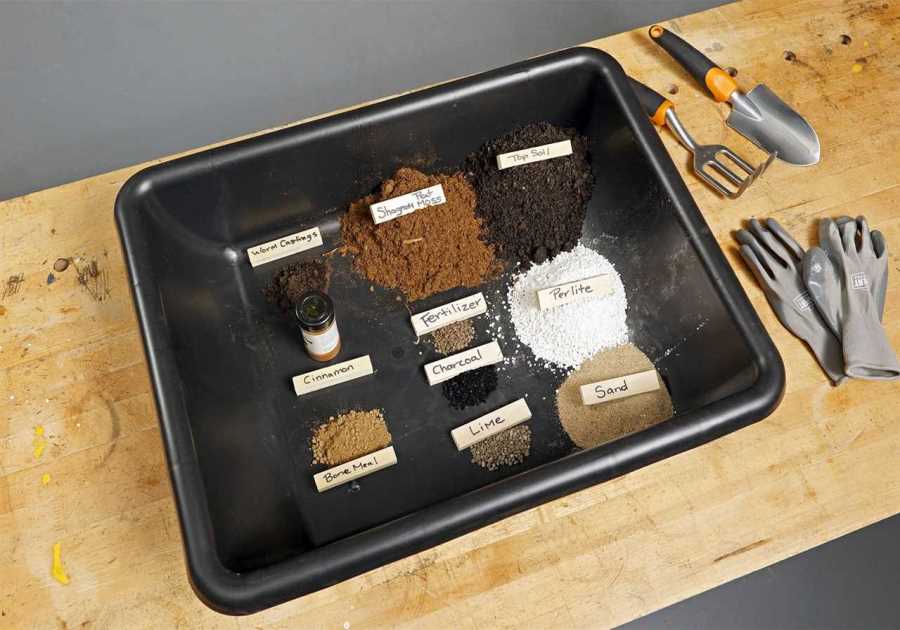Sick of all the tent traffic in the big-name parks? These lesser-known national parks, forests and wilderness areas are hiding right next door with the same stunning terrain and reliable wows. The difference? Even purer solitude.
Instead of Glacier National Park (Montana)
Try: Waterton Lakes National Park (Alberta, Canada)
Fifteen years after Waterton Lakes became Canada’s fourth national park in 1895, Glacier was designated just south of the border. In 1932, as a symbol of goodwill, the U.S. and Canada teamed up to designate both areas as the world’s first international peace park. You can hike from one to the other (bring your passport!) through the Goat Haunt, which isn’t haunted and has no goats, though you may spy some on nearby Goat Haunt Mountain. At just 450K annual visitors, Waterton sees a fraction of the Glacier hordes (3 million per annum at last count), but favorite spots like Red Rock Canyon and Cameron Lake can still get congested—especially during high season from late spring to early fall. Lose those crowds entirely by taking a quick, scenic ferry ride across Upper Waterton Lake and vanishing along the Crypt Lake Trail, which ranks high among the most gorgeous hiking spots in the Canadian Rockies—featuring dramatic cliffs, waterfalls and 10 backcountry campgrounds en route. Off trail, afternoon tea at the Prince of Wales Hotel at Waterton Lake is a thing if you’re feeling fancy. Or forgo finger sandwiches for a Local Smokie with ginger carrots at Wieners of Waterton and a cold pint at the Thirsty Bear, the best (and only) pub in the 100-person town.
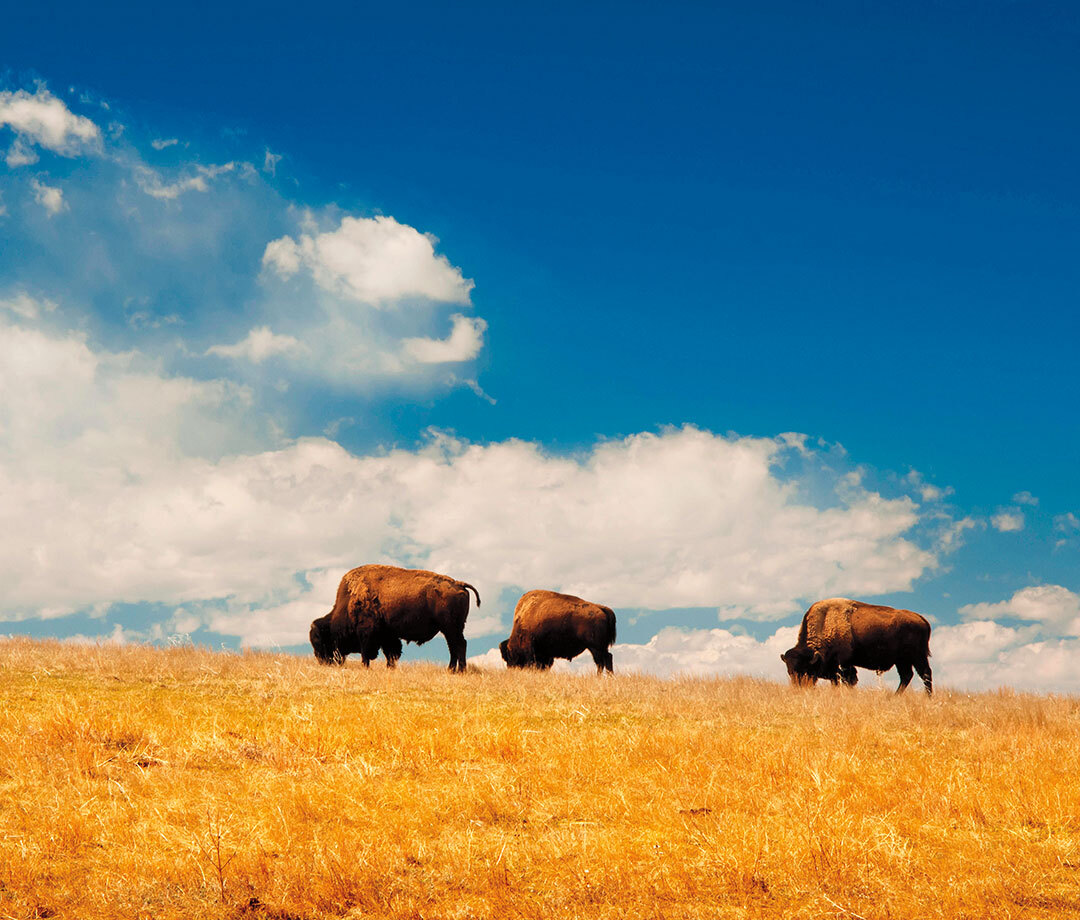
Instead of Badlands National Park (South Dakota)
Try: Buffalo Gap National Grassland (SD and NE)
The otherworldly badlands of the Midwest aren’t confined solely to Badlands National Park. There are plenty of sedimentary rock formations—and 85 percent less foot traffic—next door in Buffalo Gap National Grassland. Part of Nebraska National Forest, Buffalo Gap is one of 20 National Grasslands. Hike it, bike it, bring your horse and ride it. You don’t need a permit and it’s all free. Rock hunters should check out the Fairburn area near the French Creek Campground—the only developed campground in Buffalo Gap—or any eroded space in the 600,000 acres of impossibly open prairie. Create your own camp in places like Badlands Overlook (not to be confused with Big Badlands Overlook), about a mile north of Badlands and just south of Wall, SD. Wall is home to the Buffalo Gap National Grassland Visitor Center and the historic Wall Drug Store, a sprawling roadside attraction where you can stock up on souvenir shot glasses and “Where the Heck Is Wall Drug” bumper stickers. Tired of trail mix? Sample the South Dakota– specific chislic (marinated and fried cubes of sirloin) at Badlands Saloon & Grille.
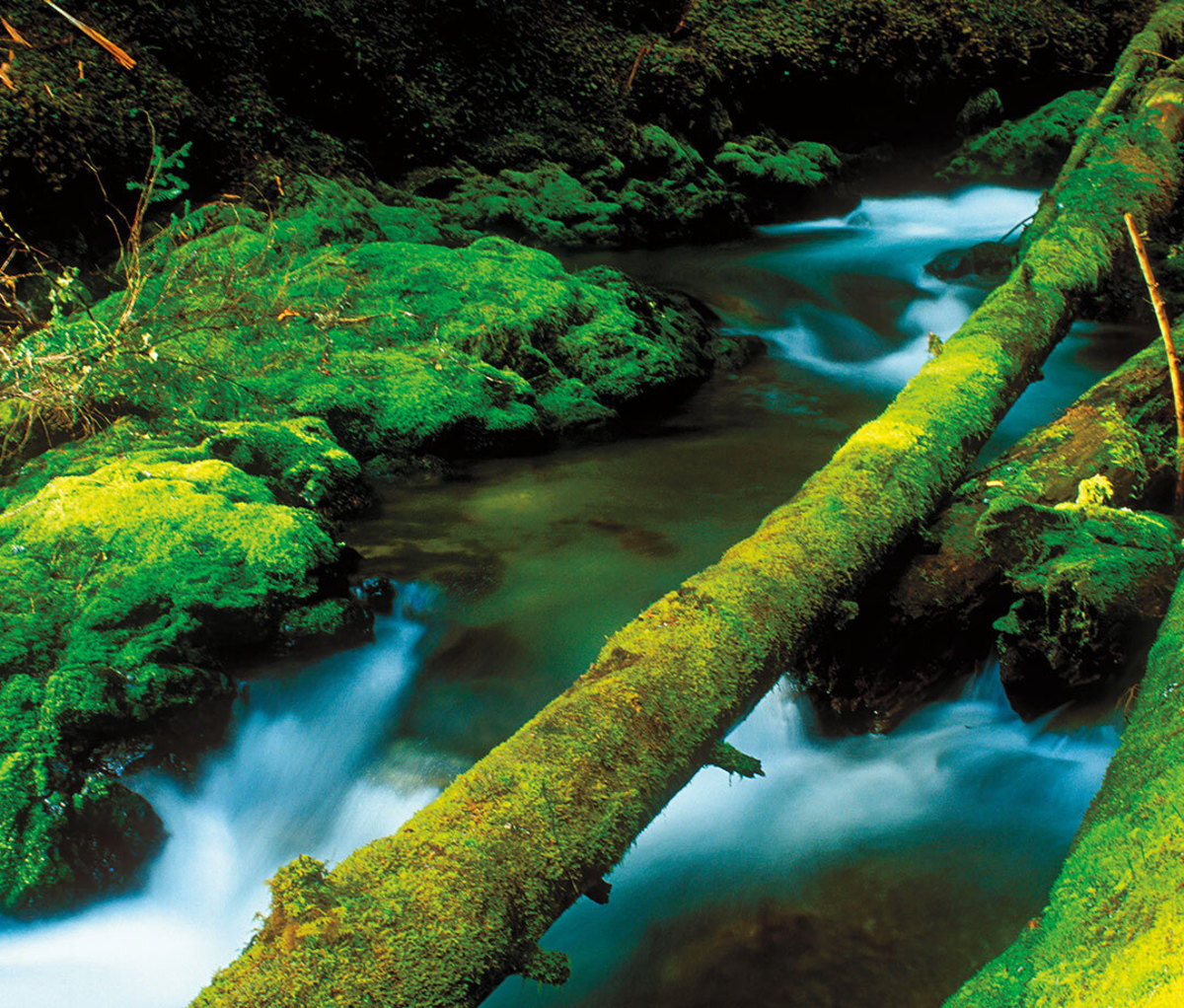
Instead of Olympic National Park (Washington)
Buckhorn Wilderness (Washington)
The largest of five wilderness areas in Olympic National Forest, Buckhorn runs along the eastern boundary of Olympic National Park. Same majestic mountain range, fewer people, no permit necessary and you can bring your dog. Besides 216 private acres that are part of a patented mining claim, Buckhorn is 44,000 acres of streams, fir, pine and seriously steep terrain, topping out at the summit of 7,135-foot Mount Fricaba. The Upper Big Quilcene Trail (UBQ) is where you’ll be taking The Hike—a challenging 12-mile out-and-back trek with 4,000 feet of elevation gain. Take your time and plan to camp at Marmot Pass, Boulder Camp or Camp Mystery along the way. Buckhorn is warmest and driest in August, but this is Washington state, people: Marmot Pass and Camp Mystery may have snow on the ground until mid-July. Don’t stop exploring once you get back to your car. Lean into the Nordic roots of Kitsap Peninsula, about an hour’s drive from the UBQ trailhead, during a waterfront stroll along the shops and galleries of Poulsbo’s Little Norway. Carb back up with a crisp Kölsch in the recently opened tap room at Echoes Brewing.
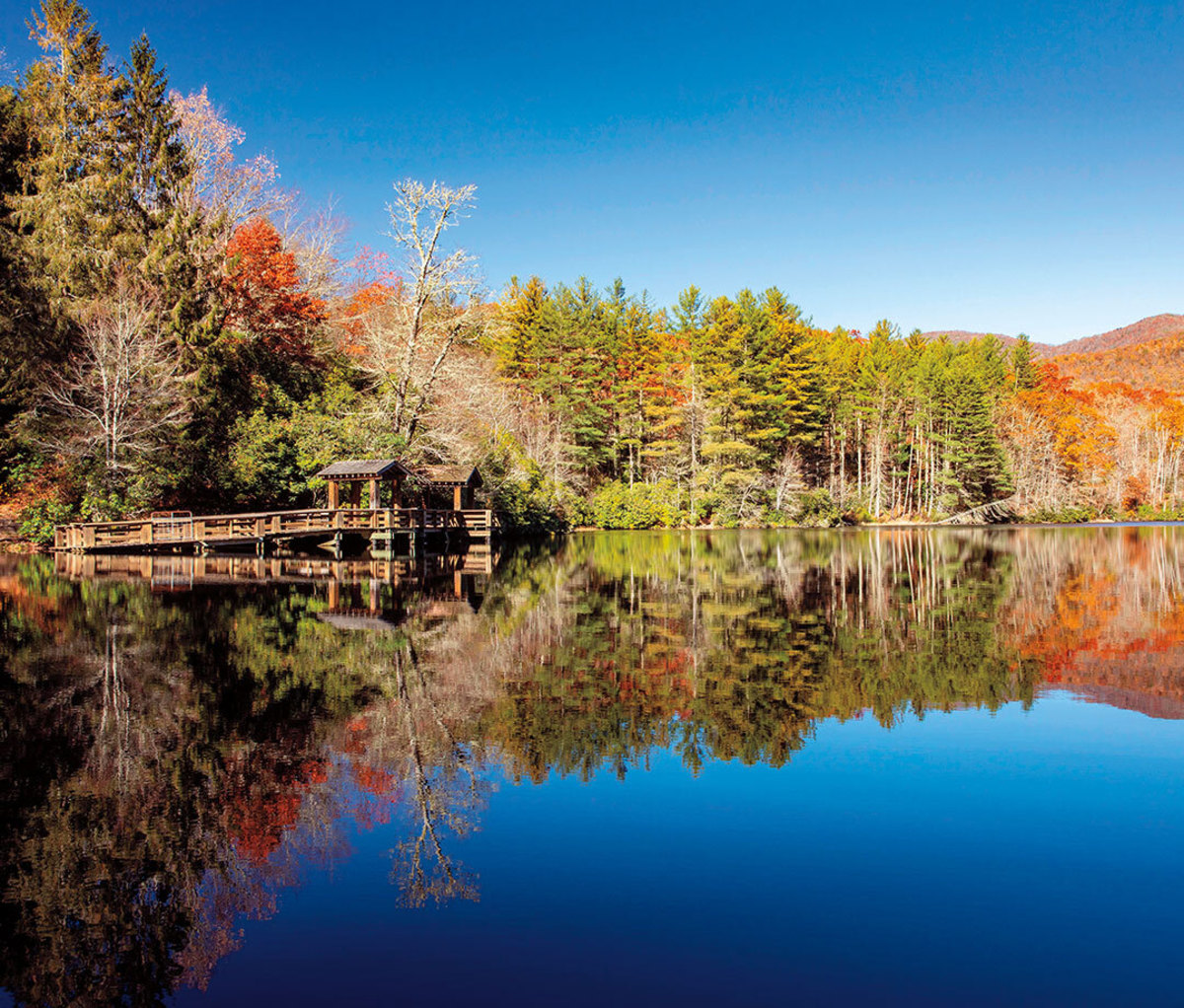
Instead of Great Smoky Mountains National Park (TN and NC)
Try: Nantahala National Forest (North Carolina)
Great Smoky Mountains National Park ranks second out of 400 national parks in terms of annual attendance—with 14 million visitors. Adjacent to the south, Nantahala National Forest has similar terrain and 11 million less people up in your business. The largest of North Carolina’s four national forests, Nantahala is Cherokee for “land of the noonday sun.” Its namesake whitewater river runs through a gorge so thick with greenery it only gets direct sunlight in some spots at midday. You can fish, swim, boat, raft, water ski, canoe, kayak, horseback ride and mountain bike in Nantahala—as well as hike over 600 miles of developed paths, including parts of the Appalachian Trail and a 6.5-mile loop to Schoolhouse Falls on Little Green Mountain. Nantahala has great elevation too. Its highest peak, called Lone Bald, is 5,800 feet up. Choose from more than a dozen campgrounds spread out across Nantahala’s 528,000 acres, including six with a reservation system, plus plenty of areas for dispersed camping. Change up the scenery with a visit to the small town of Franklin, NC, which lies within the national forest with a river (the Little Tennessee River Greenway) running right through the heart of town. In the fall, when the weather is still warm and the foliage defies all description, treat yourself to a post-hike flight of beers on the patio at the aptly named Lazy Hiker Brewing.
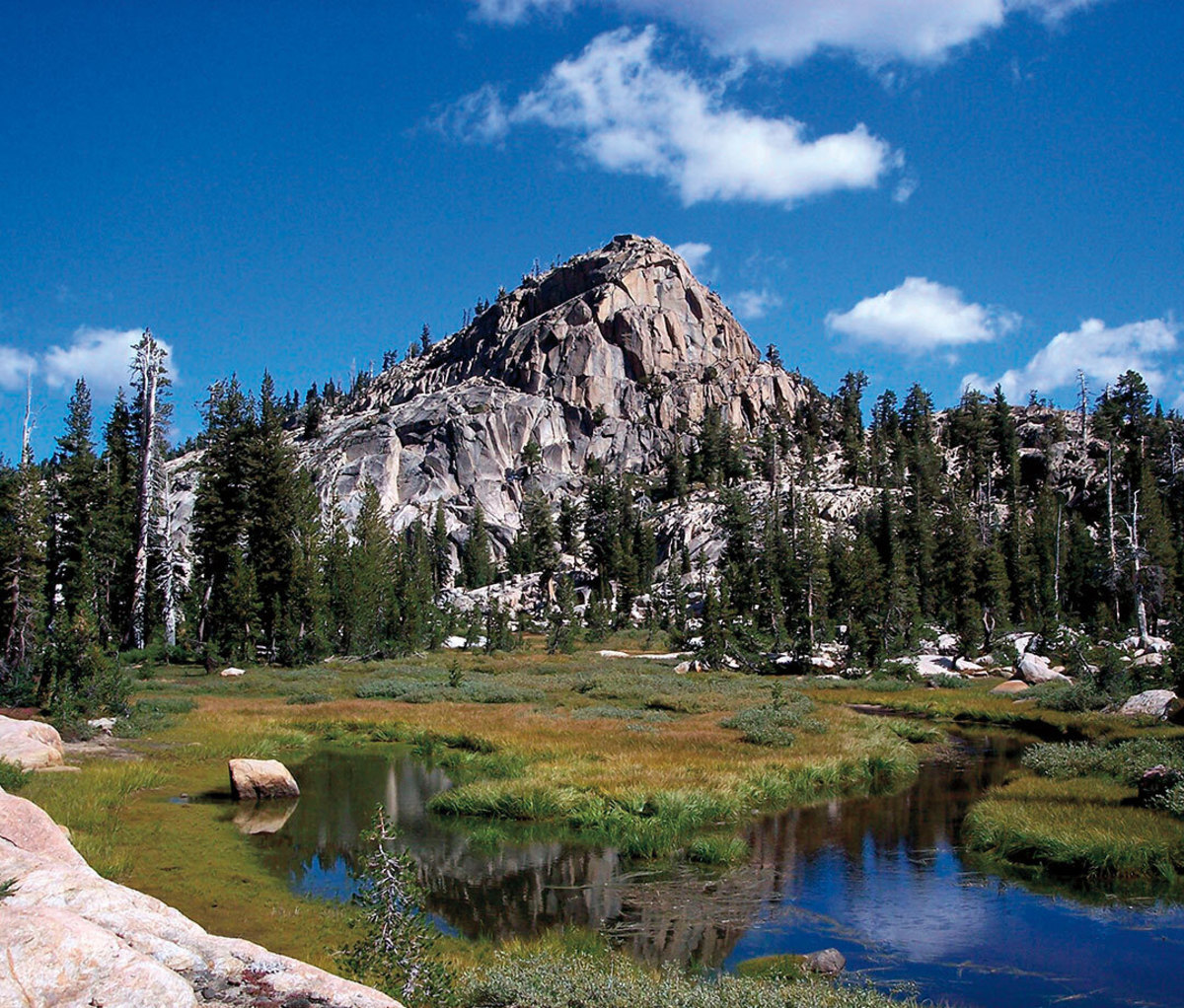
Instead of Yosemite National Park (California)
Try: Stanislaus National Forest (California)
We know what you’re thinking: There are no safe havens for campers in the state of California anymore. That doesn’t mean you shouldn’t go; you just need to be smarter than the average bear if you want some space. You can’t get closer to Yosemite than Stanislaus, which lies just to the northwest in the Sierras with Lake Tahoe on the other side. A bustling mining hub during the Gold Rush era, Stanislaus was established in 1897, just seven years after Yosemite, making it one of the oldest national forests in the country. No park entrance fee, long lines or reservations here—just 900,000 acres of Northern California to explore via trails like the Crabtree and Bell Meadow, a 19.5-mile loop that runs through the spectacular Sierra Nevada range, past pristine rivers, streams and alpine lakes. Give yourself a few days to do it and pitch your tent in either dedicated campgrounds or wherever it feels right (dispersed camping is allowed here). About 20 miles from the trailhead is downtown Sonora, one of the oldest cities in California. Post up at Sonora Brewing or do the self-guided walking tour of 21 downtown Sonora landmarks, including the historic Lick Building, a former candy shop owned by the aptly named Lick family.
-----------------------------
By: Danny Bonvissuto
Title: Lesser-Known National Parks, Forests, and Wilderness Areas
Sourced From: www.mensjournal.com/travel/lesser-known-national-parks/
Published Date: Fri, 15 Jul 2022 18:03:18 +0000
.png)





